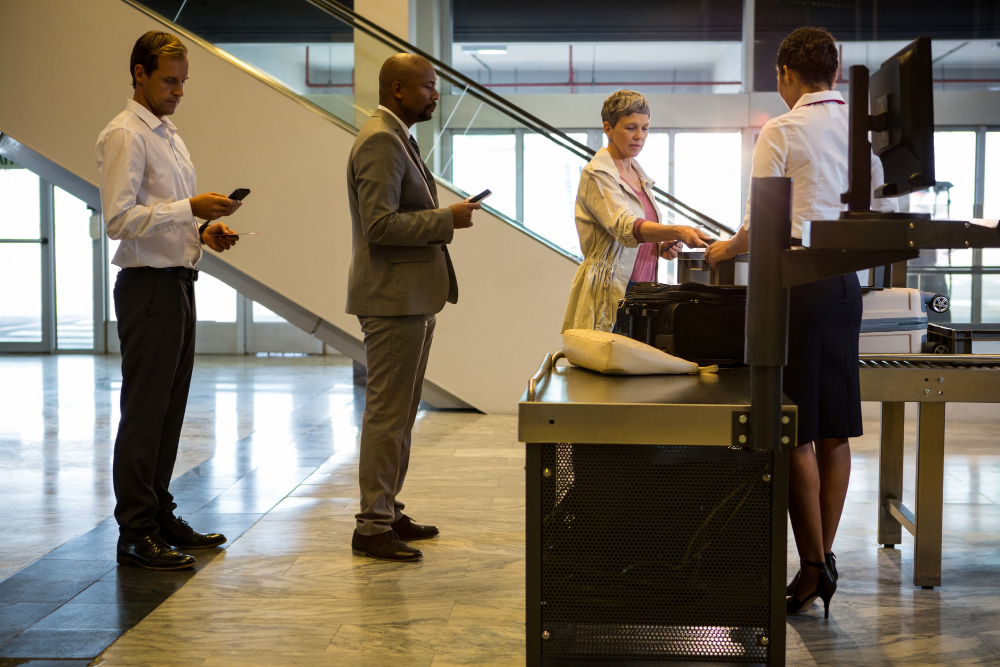After Certification: What Comes Next?
Congratulations—you’ve passed the FAA Part 107 exam and earned your Remote Pilot Certificate! While this is a major milestone, it’s just the beginning of your journey as a commercial drone pilot. Now it’s time to make sure you’re fully prepared to operate legally, responsibly, and professionally in U.S. airspace.

1. Register Your Drone
Before you take off, ensure your drone is properly registered with the FAA. Any drone used for commercial purposes—regardless of weight—must be registered through the FAA DroneZone portal. You’ll need your Remote Pilot Certificate number, and the registration must be renewed every three years.

2. Understand Ongoing Responsibilities
Holding a Part 107 certificate means staying informed and compliant. You must:
- Always carry your Remote Pilot Certificate when flying.
- Conduct pre-flight checks before each operation.
- Log and report any accidents to the FAA if they result in serious injury or property damage over $500.
Keep track of local airspace restrictions and apply for LAANC authorizations when necessary.

3. Stay Current with Recurrent Training
Your certification is valid for 24 months. To continue operating commercially, you must complete free online recurrent training on the FAA’s website before your certificate expires. No retesting at a PSI center is required anymore, but staying up to date is essential.

4. Consider Insurance
Although not mandated by the FAA, having drone liability insurance is highly recommended, especially for commercial jobs. It protects you from financial risk in case of accidents or equipment failure.
With your certification in hand, you’re ready to launch your drone career. Keep learning, stay compliant, and continue growing your skills as a safe and successful remote pilot.


